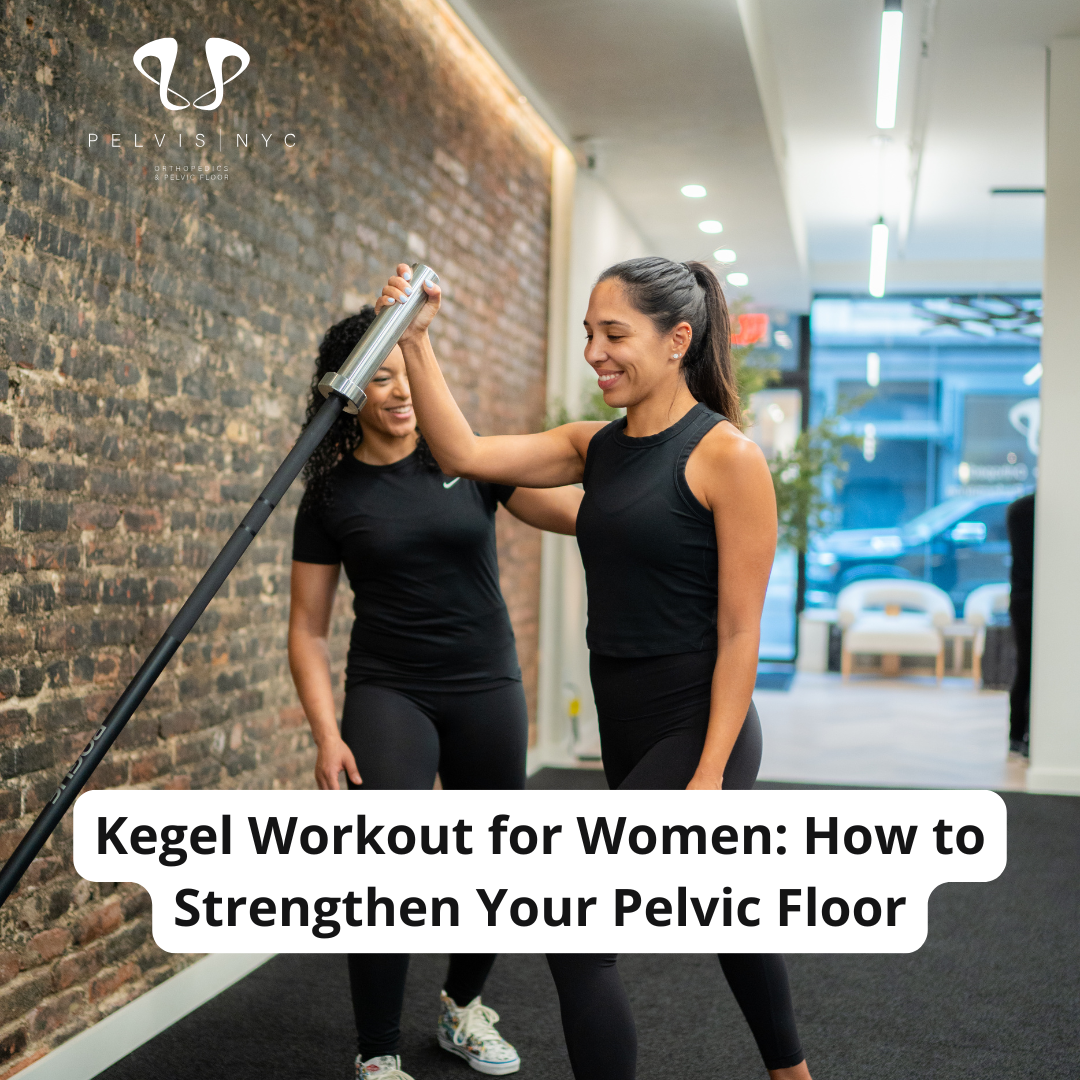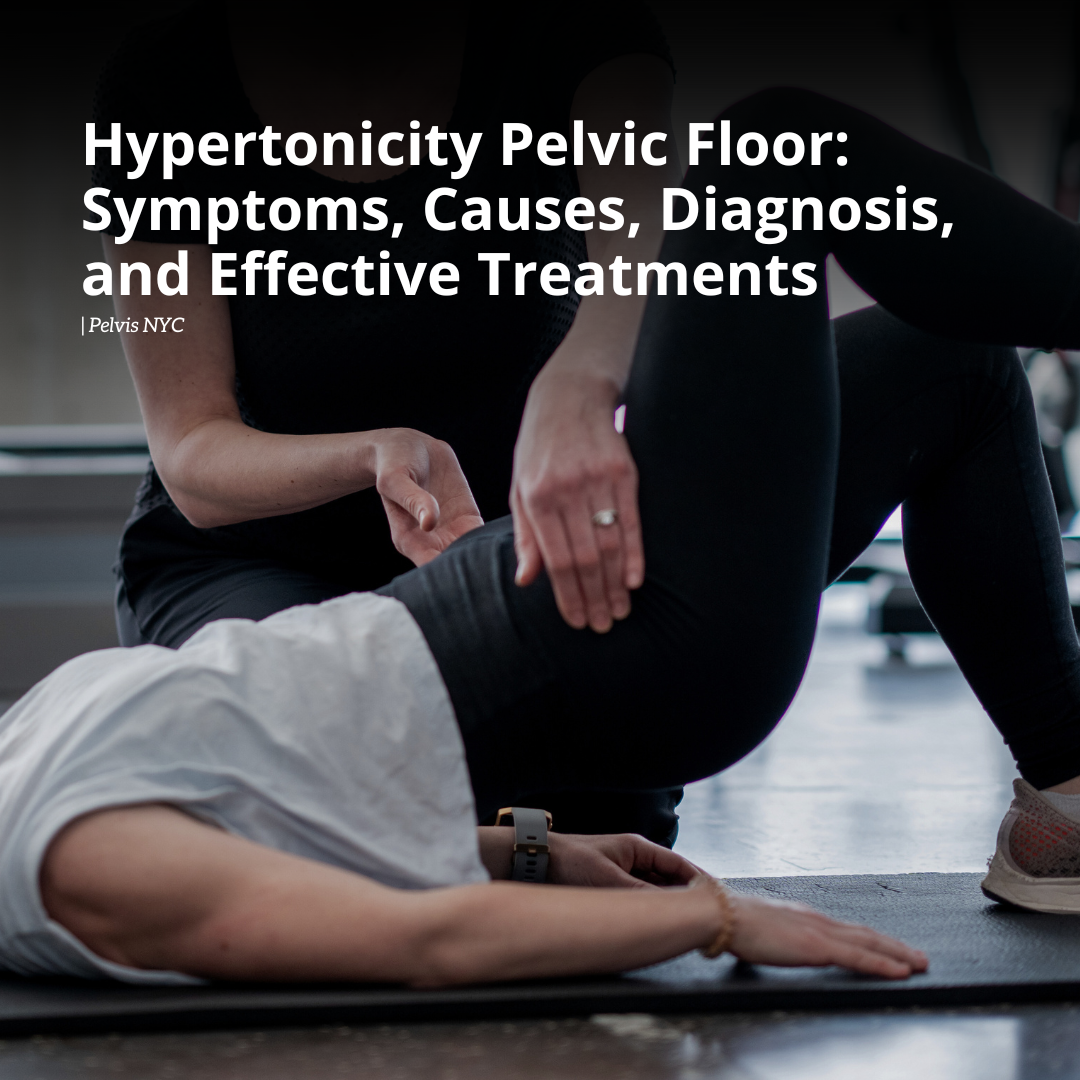In today’s health-conscious world, Kegel workout for women are gaining recognition for their powerful yet simple impact on overall wellness. Whether you’re navigating postpartum recovery, dealing with bladder control issues, or simply aiming to boost core and sexual health, pelvic floor exercises can offer long-term, life-enhancing benefits.
This comprehensive guide will help you find your pelvic floor, perform Kegel exercises correctly, and make them part of your daily routine—while avoiding the common mistake of activating other muscles.
What Are Pelvic Floor Muscles?
Your pelvic floor muscles are a group of muscles that act like a sling, supporting the bladder, uterus, and rectum. It is important to identify and exercise the correct muscles to ensure effective pelvic floor strengthening. These muscles play a vital role in bladder control, core stability, posture, sexual function, and childbirth recovery. When these muscles weaken—due to aging, pregnancy, heavy lifting, or inactivity—you may experience issues like urinary incontinence, pelvic organ prolapse, or decreased sexual satisfaction.
Why Kegel Workout For Women Matters
Kegel exercises strengthen the pelvic floor, offering benefits such as:
- Strengthening pelvic floor muscles, which support pelvic organs and improve overall pelvic health
- Improved blood circulation to the pelvic area, which may enhance arousal, lubrication, and sensation
- Support for bowel function and help in managing fecal incontinence
- Reduced urinary incontinence and better control over the urge to urinate, helping to prevent leaks
- Faster postpartum recovery
- Improved sexual function
- Support during menopause
- Prevention of pelvic organ prolapse
How to Find the Right Muscles or Find Your Pelvic Floor
Before starting your Kegel workout, it’s critical to find the right muscles.
Here’s how:
- The bathroom test: Try to stop the flow of urine midstream. The muscles used here are your pelvic floor muscles. (Only use this method to identify muscles, not as a regular exercise.)
- Gas-hold trick: Imagine you’re trying not to pass gas. The muscles that contract are also part of your pelvic floor.
- Physical Awareness: Place a finger inside your vagina and gently contract your pelvic muscles around it to confirm you’re targeting the right area.
If you’re squeezing your abdomen, thighs, or buttocks—you’re using other muscles, which won’t help your pelvic floor and may cause strain. Always avoid tightening your abdomen, thighs, or buttocks to ensure only your pelvic floor muscles are engaged.
How to Do a Kegel Workout for Women Correctly
Let’s break it down into a simple how-to guide:
- Empty your bladder before starting. Do not perform Kegel exercises while urinating or try to stop your urine stream, as this can interfere with emptying fully and may increase the risk of urinary tract infection.
- Contract your pelvic floor muscles (as if lifting them upward).
- Hold the contraction for 3–5 seconds.
- Release slowly and completely for 3–5 seconds. It is important to relax your pelvic floor muscles fully after each contraction.
- Repeat 10–15 times per set.
- Aim for 3 sets per day.
Keep breathing naturally. Don’t hold your breath. Avoid engaging your abs, legs, or glutes.
Gradually increasing the number of sets over time can help prevent strain and improve the effectiveness of your Kegel exercises.
The Importance of a Step-by-Step Guide
A step-by-step guide is invaluable when starting kegel exercises, especially for those new to pelvic floor muscle training. By following a clear, structured approach, you can ensure you’re engaging the right muscles—your pelvic floor muscles—rather than accidentally tightening your buttock muscles or abdomen. This precision is essential, as only the pelvic floor muscles support your bladder, uterus, and rectum, and are responsible for improving bladder control and overall pelvic health.
A well-designed step-by-step guide helps you practice kegel exercises correctly, making it easier to develop a consistent exercise routine. With each step, you’ll gain confidence in your technique, avoid common pitfalls, and maximize the benefits of your efforts. Whether you’re aiming to strengthen your pelvic floor, prevent issues like urinary incontinence, or simply support your core, a step-by-step guide is your roadmap to success.
Integrating Kegel Workout Into Your Daily Routine
Consistency is key. The beauty of Kegel workouts for women is that you can do them discreetly—anytime, anywhere.
Ideas for practice:
- While brushing your teeth
- During commercials
- At red lights
- While working at your desk
- While relaxing on the couch
- Before bed
Try pairing them with existing habits to build a consistent daily routine.
Being Aware of Other Muscles
When performing kegel exercises, it’s important to focus solely on your pelvic floor muscles and avoid engaging other muscles, such as your thighs, buttock muscles, or abdomen. Many people unintentionally tighten these areas, which can reduce the effectiveness of the exercises and even cause unnecessary strain. To ensure you’re isolating the pelvic floor, try practicing kegels in different positions—sitting, standing, or lying down—and pay close attention to which muscles are contracting.
If you’re unsure whether you’re performing kegel exercises correctly, a physical therapist can provide expert guidance. They can help you identify and activate the pelvic floor muscles while keeping other muscles relaxed, ensuring you get the most out of your exercise routine. Remember, the goal is to strengthen the pelvic floor, not the surrounding muscles.
Common Mistakes to Avoid While Doing Kegel Workout for Women
- Using the wrong muscles—like your abs or thighs
- Overtraining—this can fatigue your pelvic floor
- Holding your breath—it builds pressure instead of control
- Being inconsistent—it takes daily effort to see results
- Experiencing pain during or after Kegel exercises may indicate improper technique and should be avoided. If you feel pain, stop and consult a healthcare professional.
- Incorrect technique or excessive strain can contribute to stress incontinence, causing urine leakage during activities like coughing, sneezing, or laughing. Proper form is essential to prevent this.
Advanced Tips and Variations
Kegel exercises are simple exercises that most women can perform to strengthen their pelvic floor muscles.
Once you’ve mastered basic Kegels, consider adding variations:
1. Elevator Kegels
Imagine lifting your pelvic muscles in slow stages (like floors on an elevator).
2. Quick Flicks
Rapidly tighten and release the muscles for 10 reps—this builds fast muscle reaction.
3. Functional Kegels
Engage your pelvic floor before lifting, sneezing, or jumping.
For an added challenge, try using a vaginal cone. Insert the vaginal cone and contract your pelvic muscles to hold it in place while standing or walking. This tool can help improve the effectiveness of your pelvic floor muscle training routine.
Staying Motivated on Your Kegel Journey
Maintaining motivation is key to making kegel exercises a lasting part of your daily life. Start by setting realistic goals and tracking your progress—whether it’s improved bladder control, reduced urinary incontinence, or enhanced sexual function. Begin with just a few minutes of kegel exercises each day, and gradually increase the duration and frequency as your pelvic health improves.
A healthcare professional can help you create a personalized exercise regimen, offering support and encouragement along the way. Understanding the many benefits of kegel exercises—from better bladder health to increased confidence—can also keep you inspired. By staying committed and motivated, you’ll be well on your way to stronger pelvic floor muscles and a healthier, more vibrant you.
When to See a Professional
If you’re unsure whether you’re doing Kegels properly or if symptoms persist, consult a pelvic floor physical therapist. They can offer biofeedback, evaluate your muscle control, and guide you through a tailored plan.
Final Thoughts: Empower Your Core from Within
Mastering the Kegel workout for women is one of the most empowering, low-effort ways to improve your quality of life. From better bladder control to more enjoyable intimacy and improved posture, the benefits are well worth the few minutes a day it takes.
Keep in mind that it may take a few months of consistent practice to notice significant results from Kegel workouts.
Start small. Be consistent. Listen to your body. And remember—stronger pelvic floor muscles mean a stronger, more confident you.
Ready to Take the Next Step?
If you want personalized guidance or are experiencing pelvic floor issues, remember that many factors—such as pregnancy, childbirth, surgery, and aging—can affect pelvic floor health. Professional guidance is especially important for concerns related to a woman’s vagina. The experts at Pelvis NYC are here to help. Their specialized physical therapists offer customized pelvic floor therapy tailored to your needs.
Visit Pelvis NYC today to book a consultation and start your journey toward better pelvic health and lasting relief.
Related Blog: The Ultimate Kegels Workout: Strengthen Your Core













